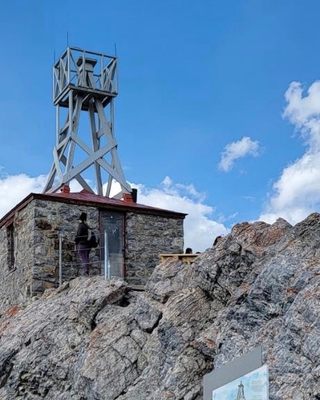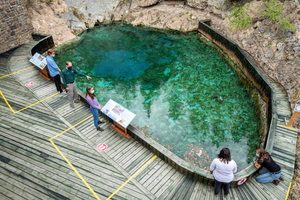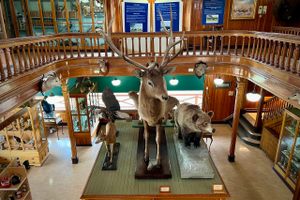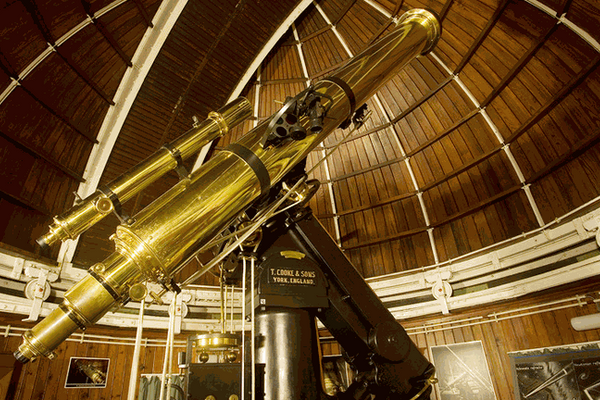About
This former cosmic ray station is located near the summit of Sulphur Mountain in Banff National Park. The structure was originally built in 1902 to serve as a weather observatory. It was operated by Norman Sanson, the curator of the Banff Park Museum, and the Canadian federal government’s official weather observer. They climbed the mountain over 1,000 times to collect data at the observatory.
The information that the observatory provided was used to aid national weather forecasts and provide warnings of wildfires, droughts, snowstorms, and floods. In the 1930s, emerging weather forecasting technology rendered the observatory obsolete, and it was abandoned.
However, the observatory acquired a second purpose when it was rebuilt to serve as a laboratory for researching cosmic ray particles in the atmosphere. Cosmic rays are a type of radiation that form outside of the solar system and can provide information about interstellar phenomena such as supernovas. The National Research Council completed the renovation of the station in 1956 for Canada’s participation in the International Geophysical Year of 1957-1958. The University of Alberta at Calgary took over the operation of the station from 1960 to 1978, until the station was closed in 1981. Nine cosmic ray stations were built across Canada, and the Sulphur Mountain station became the most important of these nine stations due to its high elevation.
Today, the remnants of the station are still accessible by hiking. The summit offers a beautiful vantage point from which to see the city of Banff and the surrounding mountains.
Related Tags
Know Before You Go
The station can be reached via the Sulphur Mountain Trail or by riding the Banff Gondola up the side of the mountain, from which it is around a half-hour hike from the gondola drop point.
Community Contributors
Added By
Published
October 11, 2023




























